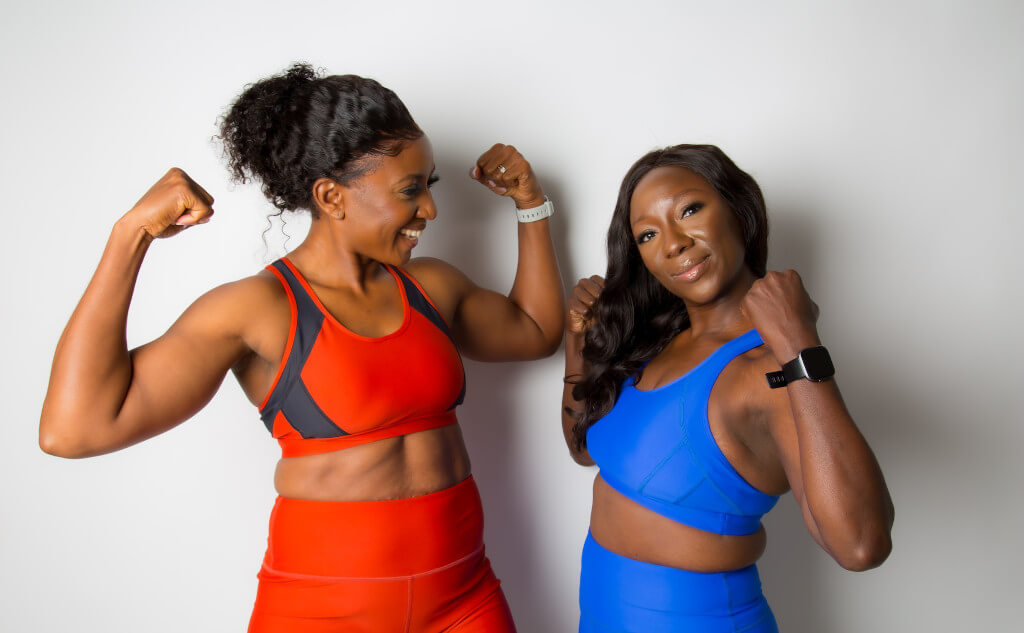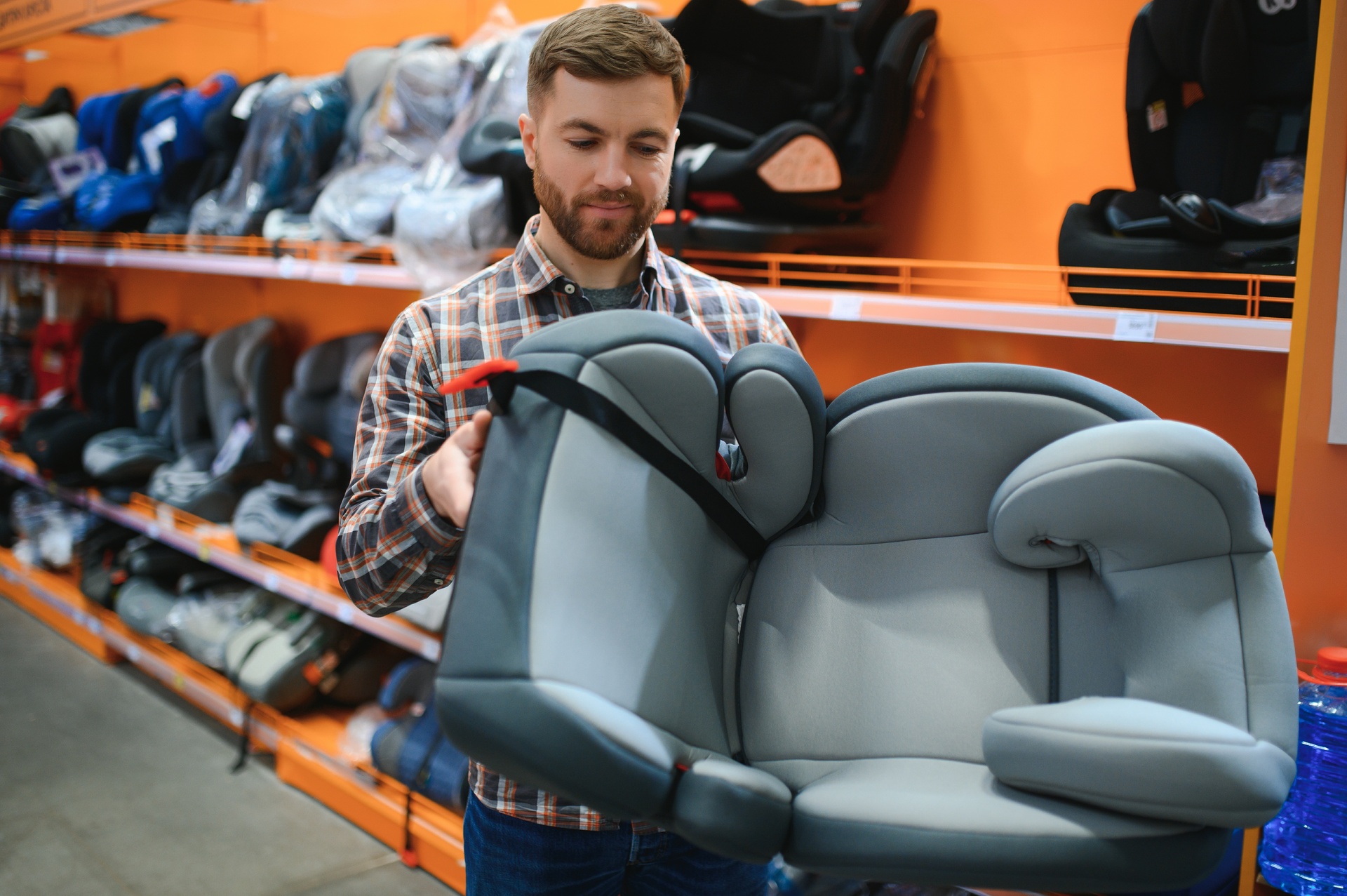Mzansi! You may be left wondering what others mean when they use fitness-related jargon if you’re just starting in this exciting field. Gyms are great places to meet new people and work on yourself, but the jargon and acronyms used there might make you feel like you’ve landed in another country. Don’t worry if you don’t know what “DOMS” or “1RM” means; we’ve got you covered.
Mzansi’s Guide to Gym Speak
1. Gym Rat: No, it’s not a rat in the gym, to begin with, Gym Rat! It’s the person who never misses a workout and is a regular fixture at the fitness centre. You can recognise them because they’re the ones in “gym bro” or “fit queen” t-shirts. By the way, on TikTok, these expressions have exploded in popularity.
2. Reps and Sets: A set is a collection of repetitions of the same exercise, and a rep is one repetition of that exercise. If you say, “I did three sets of ten reps,” that means you performed the exercise 30 times total, in three sets of ten.
3. 1RM, or One-Rep Max: This refers to the heaviest weight you can lift for a single repetition while still maintaining proper form. The more the weight, the greater the strength gain. It’s encouraging to see this figure increase over time.
4. DOMS: Muscle soreness that occurs a day or two after an intensive workout is known as delayed onset muscle soreness (DOMS), and it’s not the name of a new gym brand. It’s your muscles’ way of adjusting and growing, and while it may hurt, it’s worth it. However, you should probably contact a doctor if the pain seems abnormally severe.
5. Progressive Overload: Now for the scientific part. Muscle tissue expands in response to stress. One must gradually raise the weight or the number of repetitions in their training programme to ensure continual development. It’s about challenging yourself a little bit more each time to keep your form flawless.
6. HIIT: This acronym stands for High-Intensity Interval Training. It’s a workout style that mixes short bursts of high-intensity exercises with low-intensity recovery periods. Perfect for those who are looking to get a solid workout in a shorter amount of time.
7. Compound Exercises: These are workouts that work for multiple muscle groups at once. Think squats, which engage your quads, hamstrings, and glutes. It’s like a one-stop shop for muscle engagement.
8. Isolation Exercises: Opposite of compound exercises, these focus on one muscle group at a time. Bicep curls, for instance, primarily target, well, the biceps.
9. Plyometrics: Often dubbed “jump training”, plyometrics involve explosive movements. Box jumps or jump squats? Yep, those are plyometric exercises.
10. Tabata: A type of HIIT workout. It involves 20 seconds of max effort, followed by 10 seconds of rest, repeated multiple times. It’s intense but incredibly effective for boosting cardiovascular fitness.
Now for the fun part – let’s add some rapid-fire lingo to your repertoire:
- A Superset: This consists of two exercises done back-to-back that target different muscle groups. Picture yourself doing a set of bicep curls, then switching to tricep dips.
- A Drop Set: To maximise muscular fatigue, use a drop set, in which you begin with greater weight and gradually decrease it as weariness sets in.
- A Spotter: This is essentially a workout partner. Someone to watch your back and make sure you’re not hurting yourself while lifting, especially during those intense workouts.
- Bulking and Cuts: To put it, bulking is the time when you eat and train to put on muscle, and cutting is when you do the opposite. They are the periodic phases of expansion and contraction.
- PB: Well, it’s certainly not peanut butter. Personal best is what it means. When you achieve a personal best in terms of weight lifted or speed, you deserve to feel a sense of pride.
The equipment at a gym is only part of its attraction. They are places of growth, education, and fellowship. While the terminology may seem foreign at first, keep in mind that there is always a helpful person nearby, be it a more seasoned gym-goer or a trainer. Jump in, learn as you go, and before long, you’ll be able to use gym jargon like a pro.




